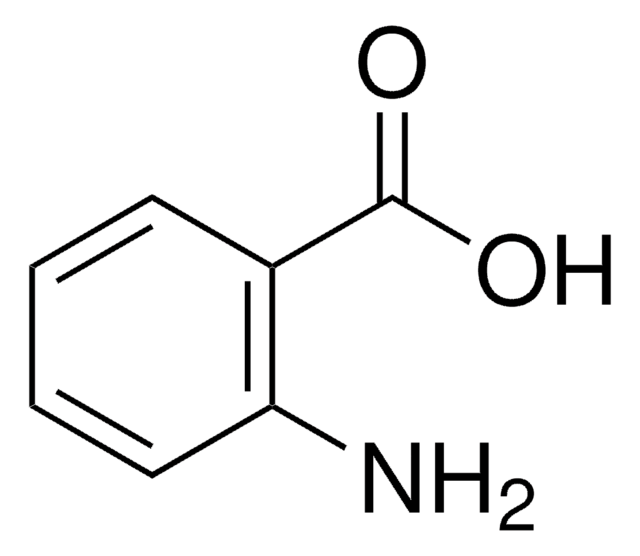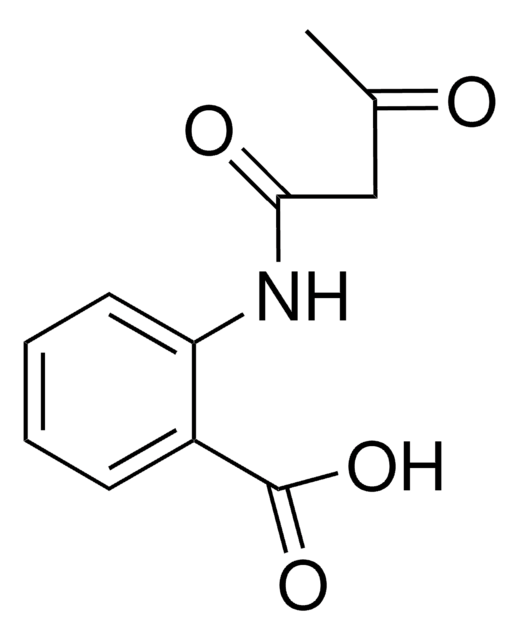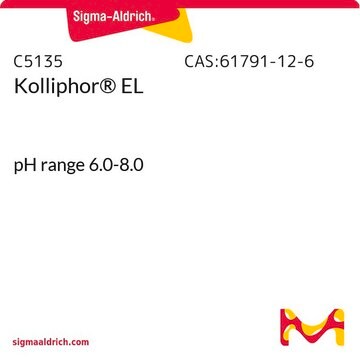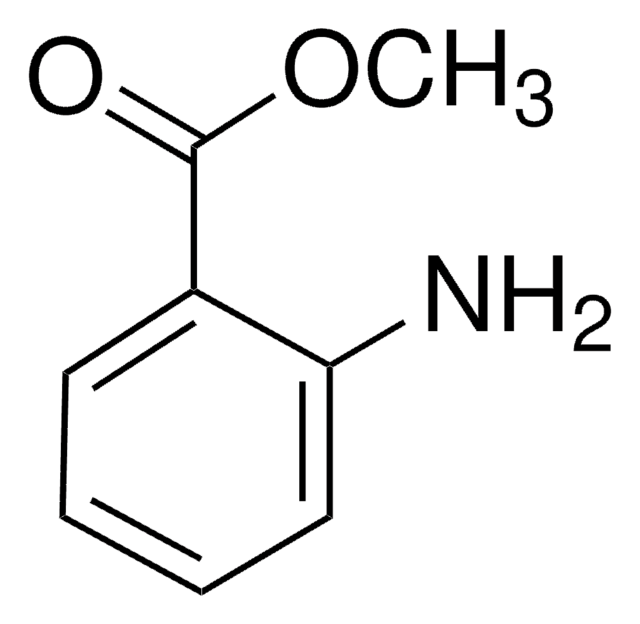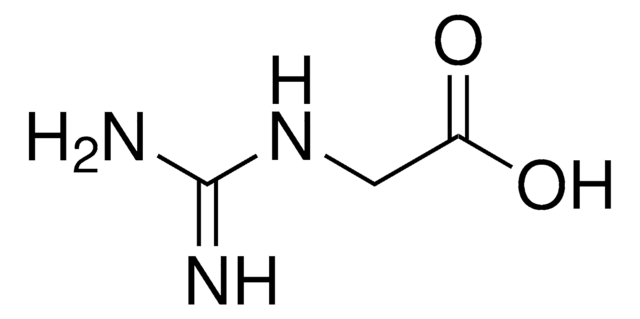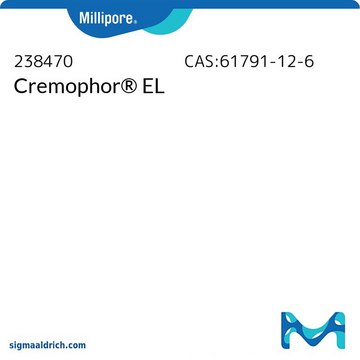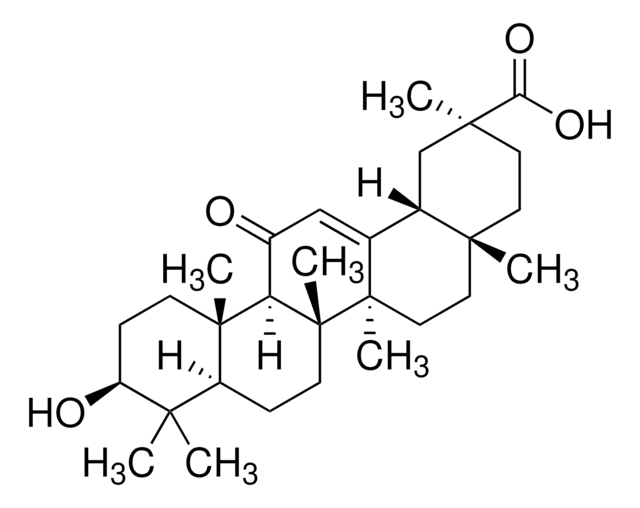A8486
N-(p-Amylcinnamoyl)anthranilic acid
≥98% (HPLC)
Synonym(s):
2-[[1-oxo-3-(4-Pentylphenyl)-2-propen-1-yl]amino]-benzoic acid, ACA, N-(4-Pentylcinnamoyl)anthranilic acid
About This Item
Recommended Products
assay
≥98% (HPLC)
form
powder
color
white to off-white
solubility
DMSO: ≥20 mg/mL
storage temp.
room temp
SMILES string
CCCCCc1ccc(\C=C\C(=O)Nc2ccccc2C(O)=O)cc1
InChI
1S/C21H23NO3/c1-2-3-4-7-16-10-12-17(13-11-16)14-15-20(23)22-19-9-6-5-8-18(19)21(24)25/h5-6,8-15H,2-4,7H2,1H3,(H,22,23)(H,24,25)/b15-14+
InChI key
GAMRBCZMOOMBSQ-CCEZHUSRSA-N
General description
Application
Biochem/physiol Actions
Features and Benefits
signalword
Warning
hcodes
pcodes
Hazard Classifications
Aquatic Acute 1 - Aquatic Chronic 1
Storage Class
11 - Combustible Solids
wgk_germany
WGK 3
flash_point_f
Not applicable
flash_point_c
Not applicable
Certificates of Analysis (COA)
Search for Certificates of Analysis (COA) by entering the products Lot/Batch Number. Lot and Batch Numbers can be found on a product’s label following the words ‘Lot’ or ‘Batch’.
Already Own This Product?
Find documentation for the products that you have recently purchased in the Document Library.
Customers Also Viewed
Articles
Phospholipase A2 (PLA2) designates a class of enzymes that hydrolyze the sn-2 ester of glycerophospholipids to produce a fatty acid and a lysophospholipid. It has become clear that some of these enzymes liberate arachidonic acid in mammalian cells for the biosynthesis of eicosanoids, and thus there has been considerable interest in developing PLA2 inhibitors. Based on amino acid sequences, there are now more than 12 distinct groups of mammalian PLA2s, as well as many non-mammalian forms, all of which have been classified into 14 distinct groups with many subgroups.
We offer many products related to transient receptor potential channels for your research needs.
Our team of scientists has experience in all areas of research including Life Science, Material Science, Chemical Synthesis, Chromatography, Analytical and many others.
Contact Technical Service